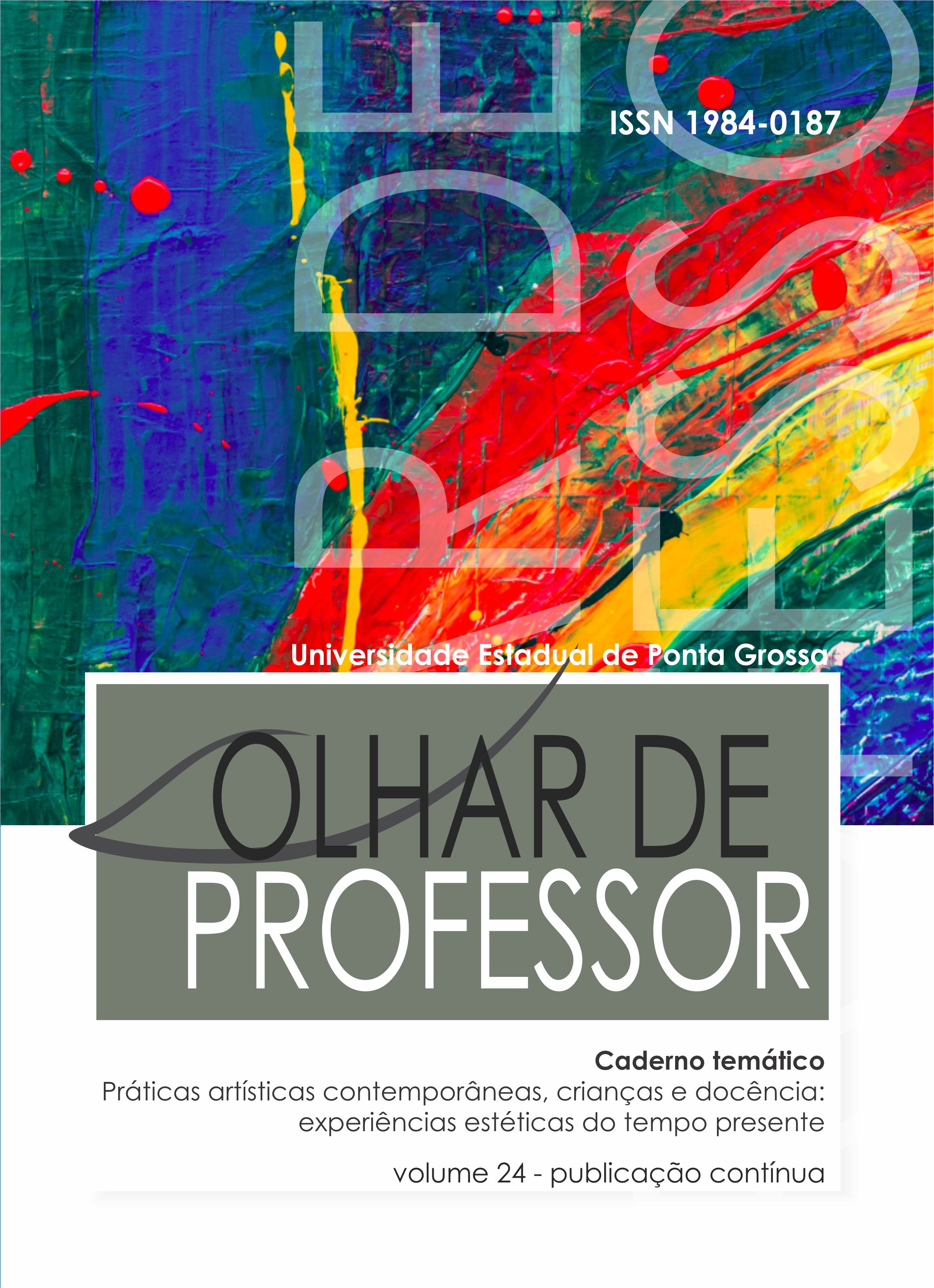To use digital technologies in remote lessons during the COVID-19 pandemic? Yes, but which and how to use?
Main Article Content
Abstract
The objective of this article was to analyze the educational potential of digital technologies used in the teaching and learning process of remote classes offered during the suspension of classes due to the COVID-19 pandemic. To this end, it was carried out a qualitative and descriptive research. Regarding technical procedures, bibliographic research was chosen. The results allow to conclude that the educational potential of these technologies lies in the fact that they are capable of transforming teaching and have a place in the construction of knowledge, playing an important role in the new educational context, whose classroom has become virtual way. The research presented the main digital technologies that can be used in remote classes and its applications in pedagogical strategies, pointing out their advantages. Finally, the need of schools and teachers to reflect on the use of digital technologies in education is highlighted, because they are here to stay, being fundamental the technological appropriation in teaching practices.
Downloads
Article Details
Authors who publish in this journal agree with the following terms:
a) Authors keep the copyrights and concede the right of its first publication to the magazine. The work piece must be simultaneously licensed on the Creative Commons Attribution License which allows the paper sharing, and preserves both the author identity and the right of first publication to this magazine.
b) Authors are authorized to assume additional contracts separately, to not-exclusively distribution of the paper version published in this magazine (e.g.: publish in institutional repository or as a book chapter), with the author identity recognition and its first publication in this magazine.
c) Authors are permitted and stimulated to publish and distribute their papers online (e.g.: in institutional repository or on their personal webpage), considering it can generate productive alterations, as well as increase the impact and the quotations of the published paper.
d) This journal provides public access to all its content, as this allows a greater visibility and reach of published articles and reviews. For more information on this approach, visit the Public Knowledge Project, a project that developed this system to improve the academic and public quality of the research, distributing OJS as well as other software to support the publication system of public access to academic sources.
e) The names and e-mail addresses on this site will be used exclusively for the purposes of the journal and are not available for other purposes.

This work is licensed under a Creative Commons Attribution 4.0 International License.





